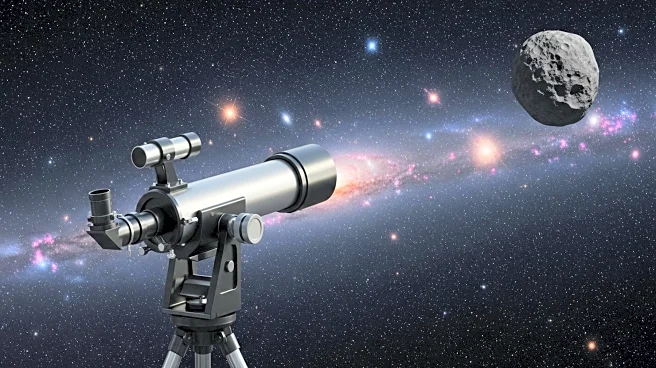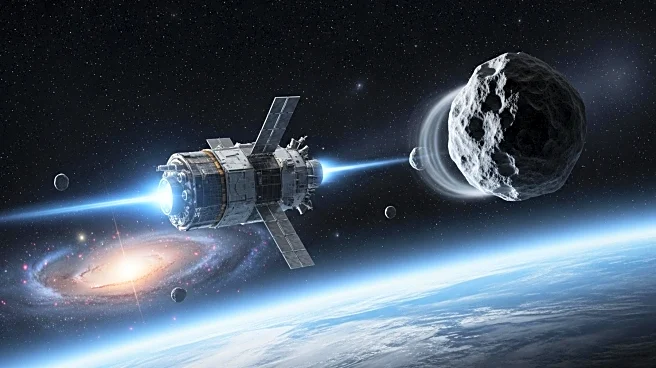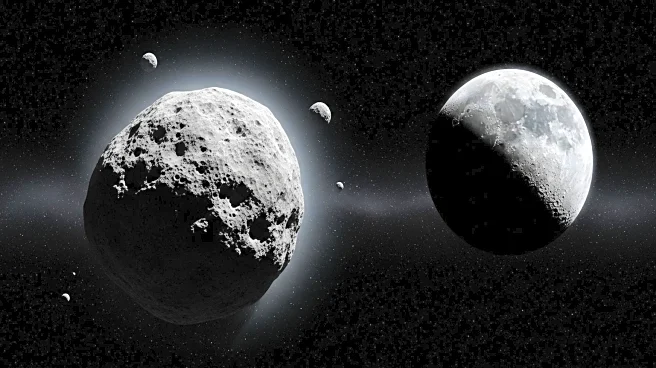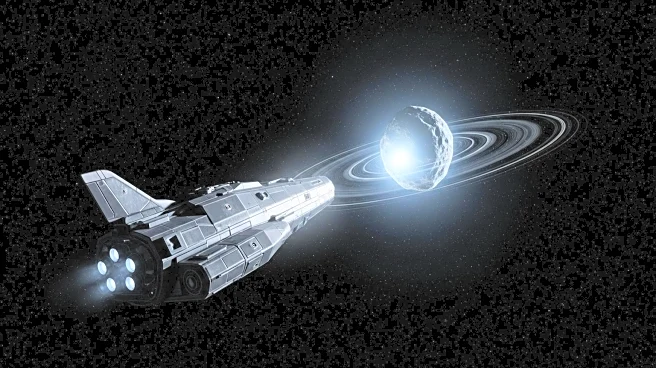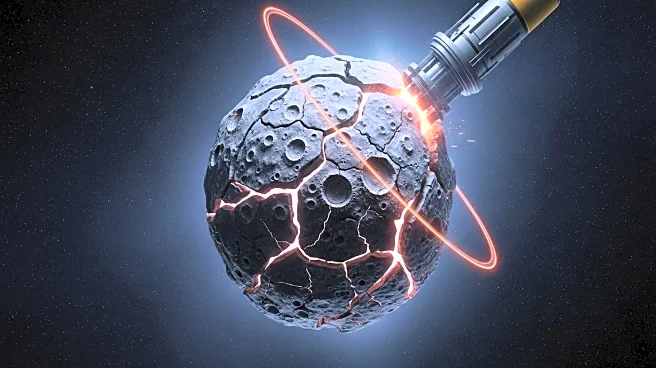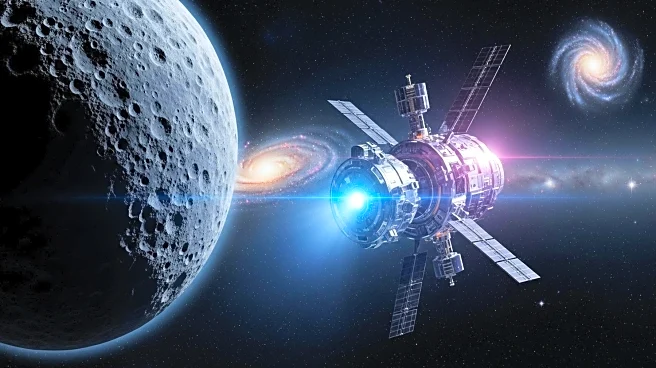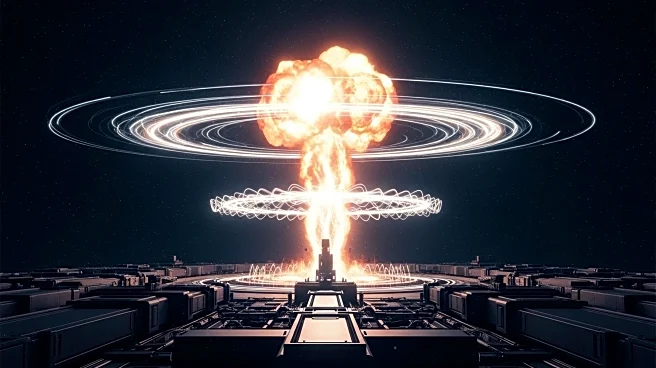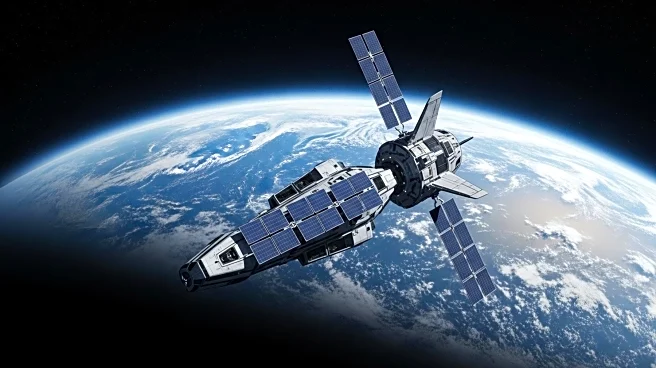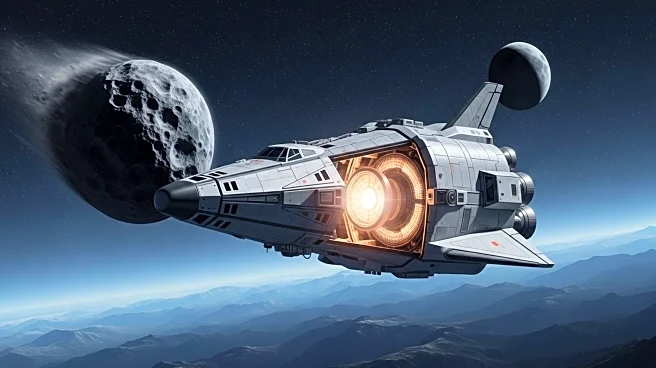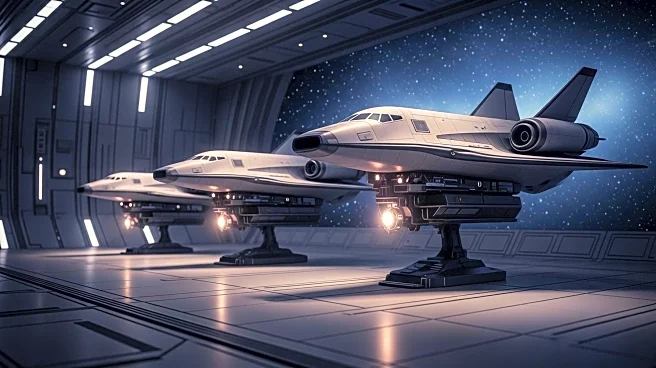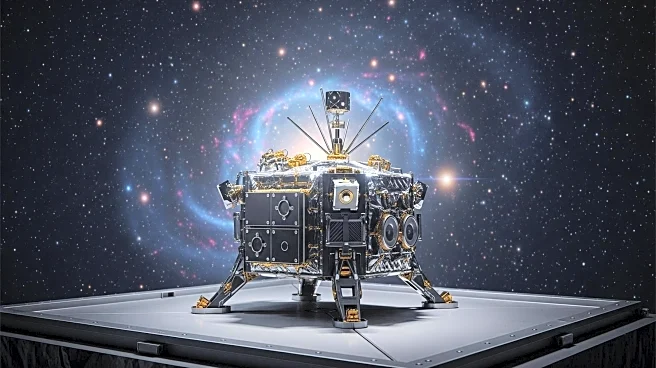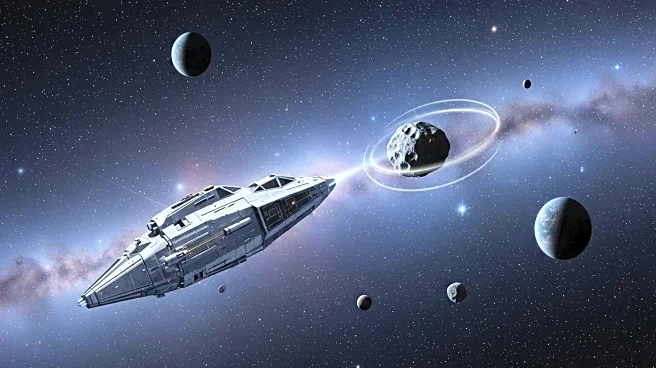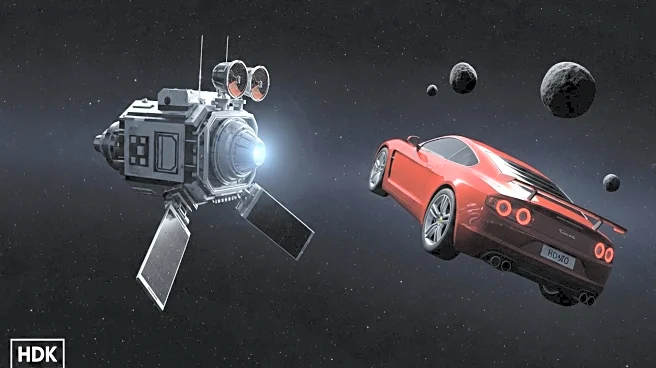What is the story about?
What's Happening?
NASA is tracking a bus-sized asteroid, known as '2021 R16,' which is expected to pass Earth at a distance of 2.41 million miles. The asteroid is part of a group of space rocks making close approaches to Earth, including '2022 SW12' and '2025 SP3.' NASA's Center for Near-Earth Object Studies (CNEOS) monitors these objects to assess potential impact risks. Despite the proximity, none of the asteroids pose a significant threat to Earth, with the majority having orbits that do not bring them close enough to cause concern.
Why It's Important?
Monitoring near-Earth objects is crucial for planetary defense and understanding the dynamics of our solar system. NASA's efforts in tracking asteroids help prevent potential impact scenarios and ensure public safety. The data collected from these observations contribute to scientific research on asteroid composition and behavior, enhancing our knowledge of space phenomena. The ongoing surveillance of space rocks also aids in developing strategies for future asteroid deflection missions, which could be vital in protecting Earth from potential threats.
What's Next?
NASA will continue to track near-Earth objects, refining their trajectories and assessing impact probabilities. Future observations and technological advancements will improve the accuracy of predictions and enhance planetary defense capabilities. The agency plans to conduct further research on asteroid composition and develop methods for potential deflection missions. These efforts will ensure preparedness for any future threats and contribute to the broader understanding of space dynamics.
AI Generated Content
Do you find this article useful?
